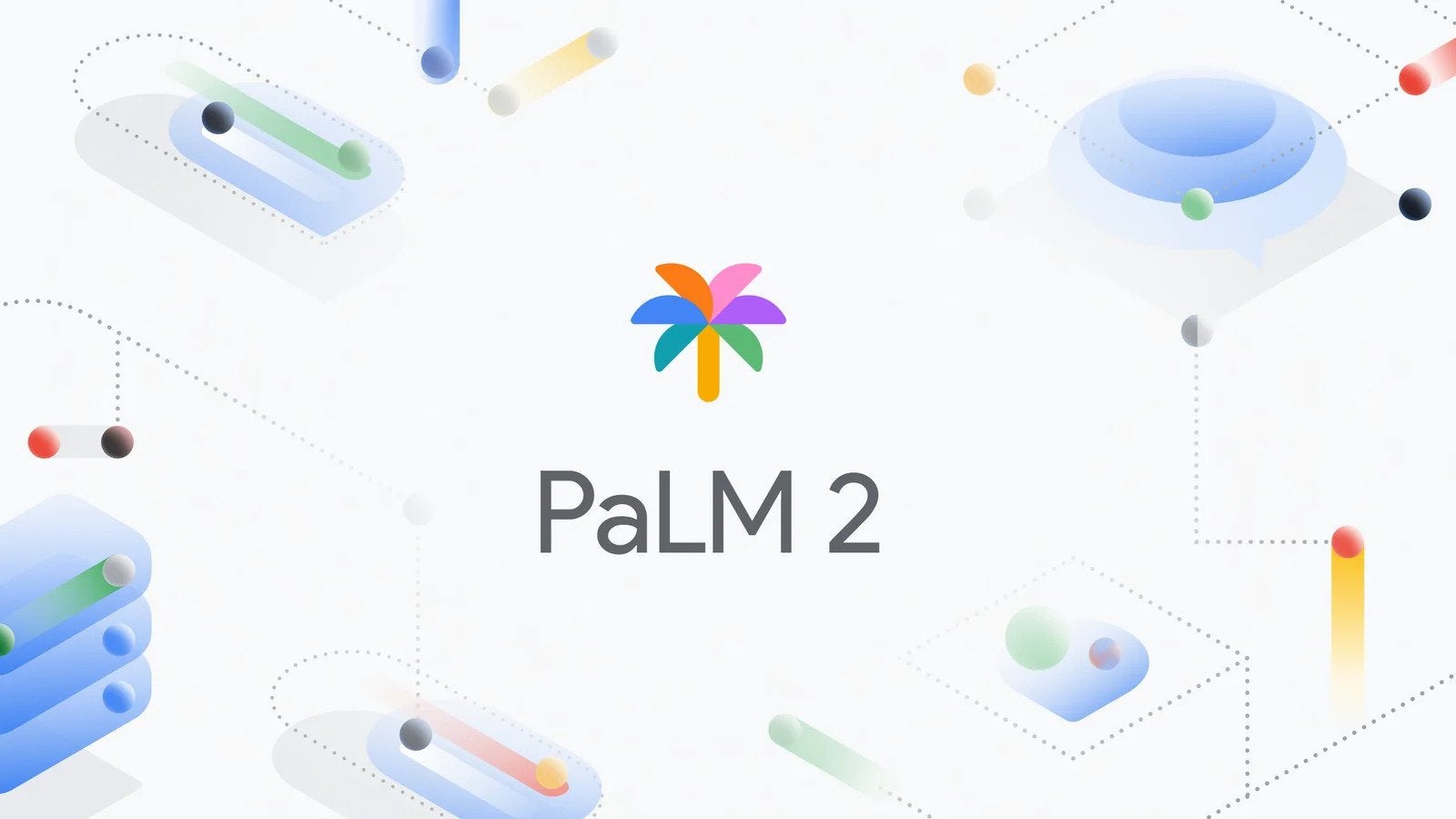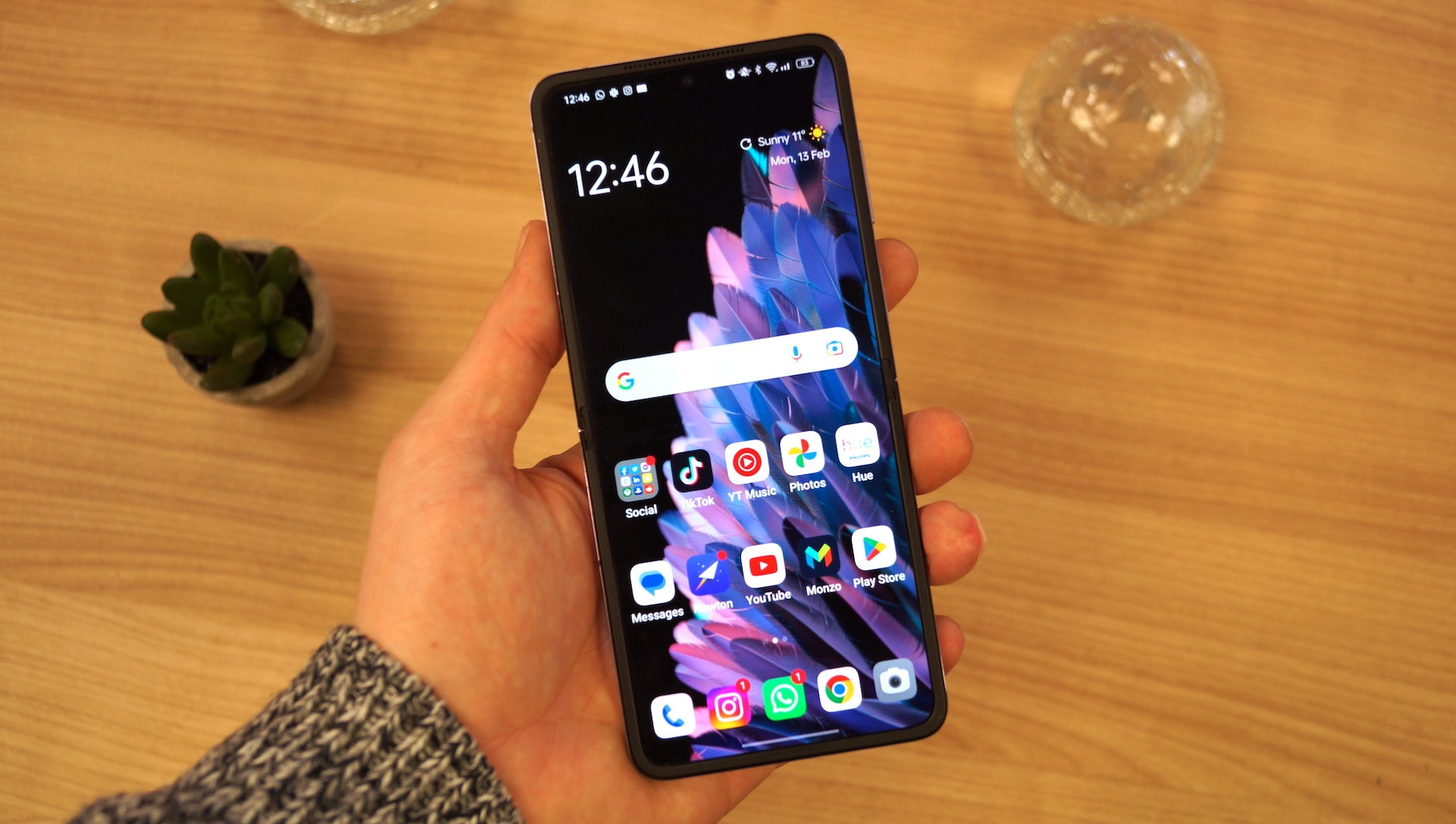Google Pixel Fold vs Samsung Galaxy Z Fold 4: Five key differences
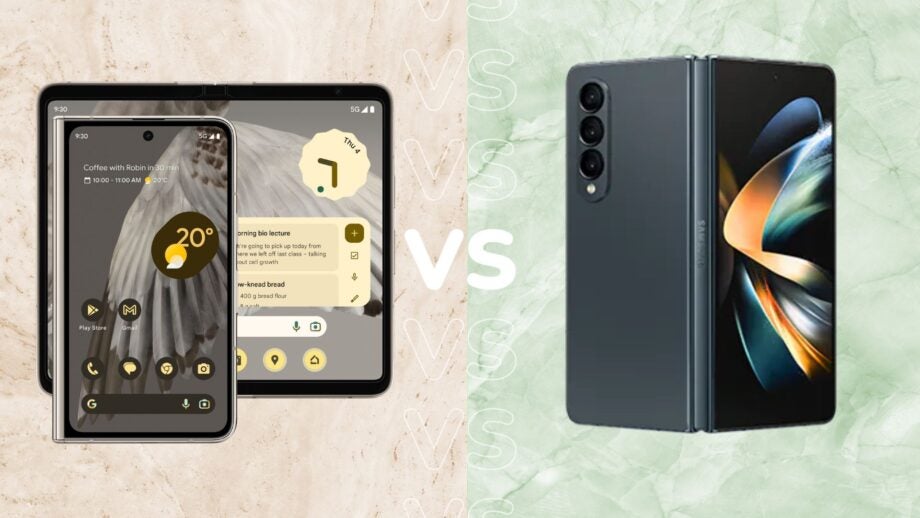
Google’s long-awaited foldable, the Google Pixel Fold, is official and due out soon – but what makes it so different from Samsung’s popular Galaxy Z Fold 4?
While the two look fairly similar on the surface with both sporting the same book-style design, look beneath the surface and there are key differences between the two that might influence your buying decision – and we’re not just talking about the associated price tags either.
Here are the key differences between the Google Pixel Fold and the Samsung Galaxy Z Fold 4.
The Pixel Fold has better camera software
The Pixel Fold and the Samsung Galaxy Z Fold 4 are fairly evenly equipped when it comes to camera hardware, with the Z Fold 4’s 50MP main, 12MP ultrawide and 10MP telephoto cameras closely matching the 48MP main, 10.8MP ultrawide and 10.8MP dual PD telephoto lens of the Pixel Fold.
However, where Google’s foldable has the upper hand is in the software powering it, largely down to the impressive AI chops of the phone’s Tensor G2 chipset – but more on that in a bit. Like other Pixel phones in the current range, the Pixel Fold can perform actions like Face Unblur, Magic Eraser, Real Tone and Super Res Zoom simply can’t be matched by Samsung’s alternative.
What’s yet to be seen is how the Pixel Fold performs in real-world conditions – it’ll be interesting to see how the two compare side-by-side.
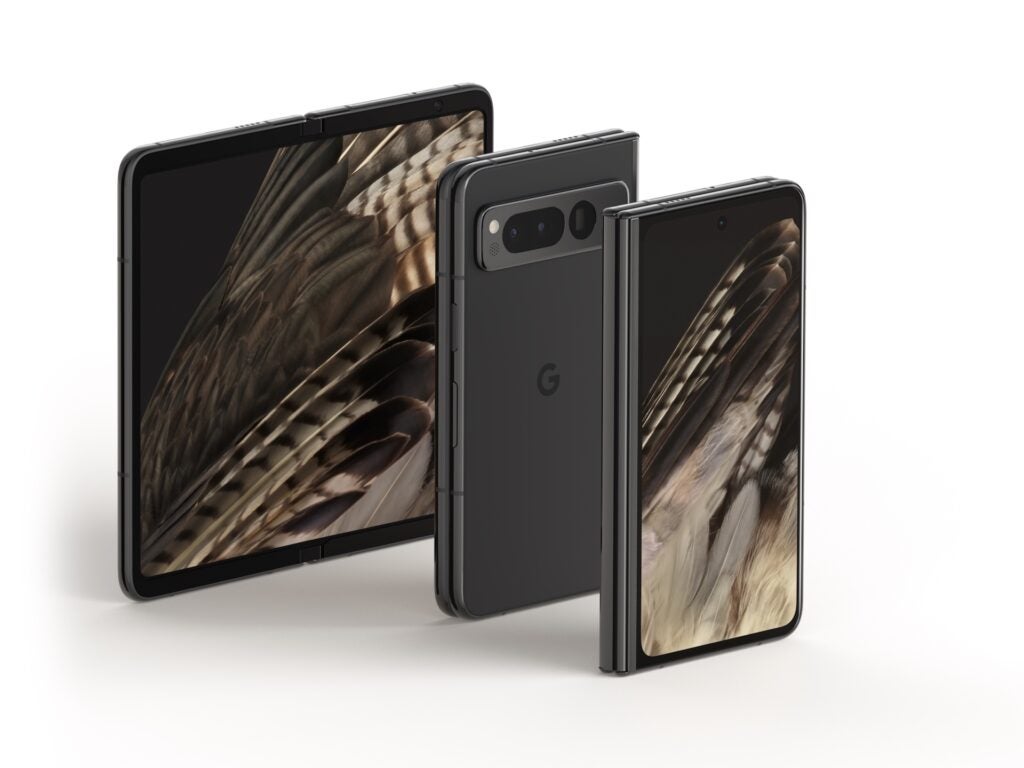
The Pixel Fold has a ‘normal’ outer display
If there’s one long-standing complaint about Samsung’s book-style foldables, it’s the outer display. Instead of providing something akin to a standard display on the foldable’s outer shell, Samsung opted instead for an oddly tall-and-narrow 6.2-inch 23.1:9 display that we found not ideal for playing games or watching videos.
It looks like the Pixel Fold is going to buck that trend with a shorter, squatter 5.8-inch 17.4:9 display that more closely resembles a standard candybar smartphone, making it a much better option for quickly scrolling through WhatsApp or ordering loo roll on Amazon without having to access the inner display.
The Galaxy Z Fold 4 will likely perform better
The Google Pixel Fold sports the same Google-designed chipset as the flagship Pixel 7 range; the Tensor G2. But while you might assume that the newer chip will be faster than the year-old Snapdragon 8 Plus Gen 1 found within the Z Fold 4, you’d be wrong.
In fact, when discussing the performance of the flagship Pixel 7 Pro and the identical Tensor G2 chipset we noted that it “isn’t necessarily aiming to rival the performance of the A16 Bionic of the 8 Plus Gen 1”, instead focusing more on AI and machine learning prowess to power features like Magic Eraser and Photo Unblur.
With that said, we don’t expect the Pixel Fold to beat the Z Fold 4, especially where benchmarks are seen, but we’ll reserve our verdict until we benchmark Google’s foldable.
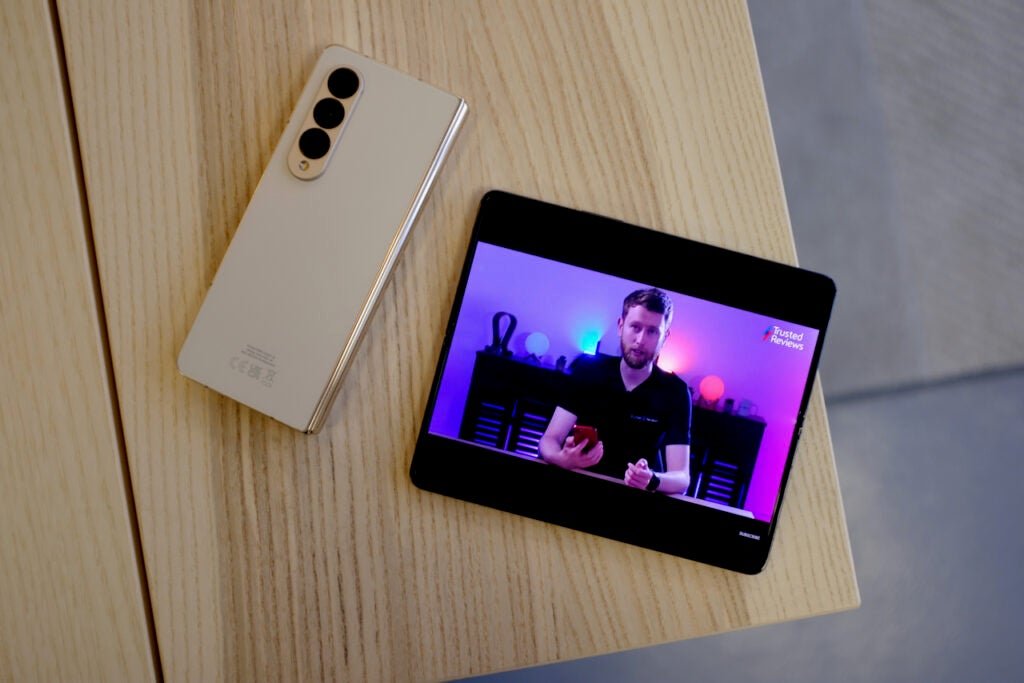
The Pixel Fold should get Android 14 first
With many features touted on the Pixel Fold – especially the cool real-time translation tech using both the interior and exterior displays – exclusive to the Android 14 update, it makes sense that the Pixel Fold will be among the first smartphones on the market to get the update once it drops later this year.
That’s not to say that the Samsung Galaxy Z Fold 4 won’t get Android 14, as Samsung has committed to four OS upgrades and five years of security updates that’ll see it through to Android 16, but that doesn’t mean it’ll get them quickly.
In fact, it’s usually Pixel devices that get the update first, so it’s more than likely that the Pixel Fold will get the upgrade much sooner than the Samsung Galaxy Z Fold 4 – though Samsung could surprise us all with a late August/early September update. The ball’s in your court, Sammy.
The Pixel Fold is more expensive
Amazingly, considering the Samsung Galaxy Z Fold 4 has an RRP of £1649/$1649, the Google Pixel Fold is actually the more expensive of the two foldable phones – a stark change to Google’s usual approach of undercutting the flagship competition as it does with the Pixel 7a and Pixel 7.
As confirmed by Google, the Pixel Fold will set consumers back £1749 in the UK, £100 more than the entry-level Z Fold 4, while those in the US will pay $1799 for the pleasure, a sizeable $150 increase. And that’s only for the entry-level model, with the top-end 512GB model coming out at just shy of £/$2000.


